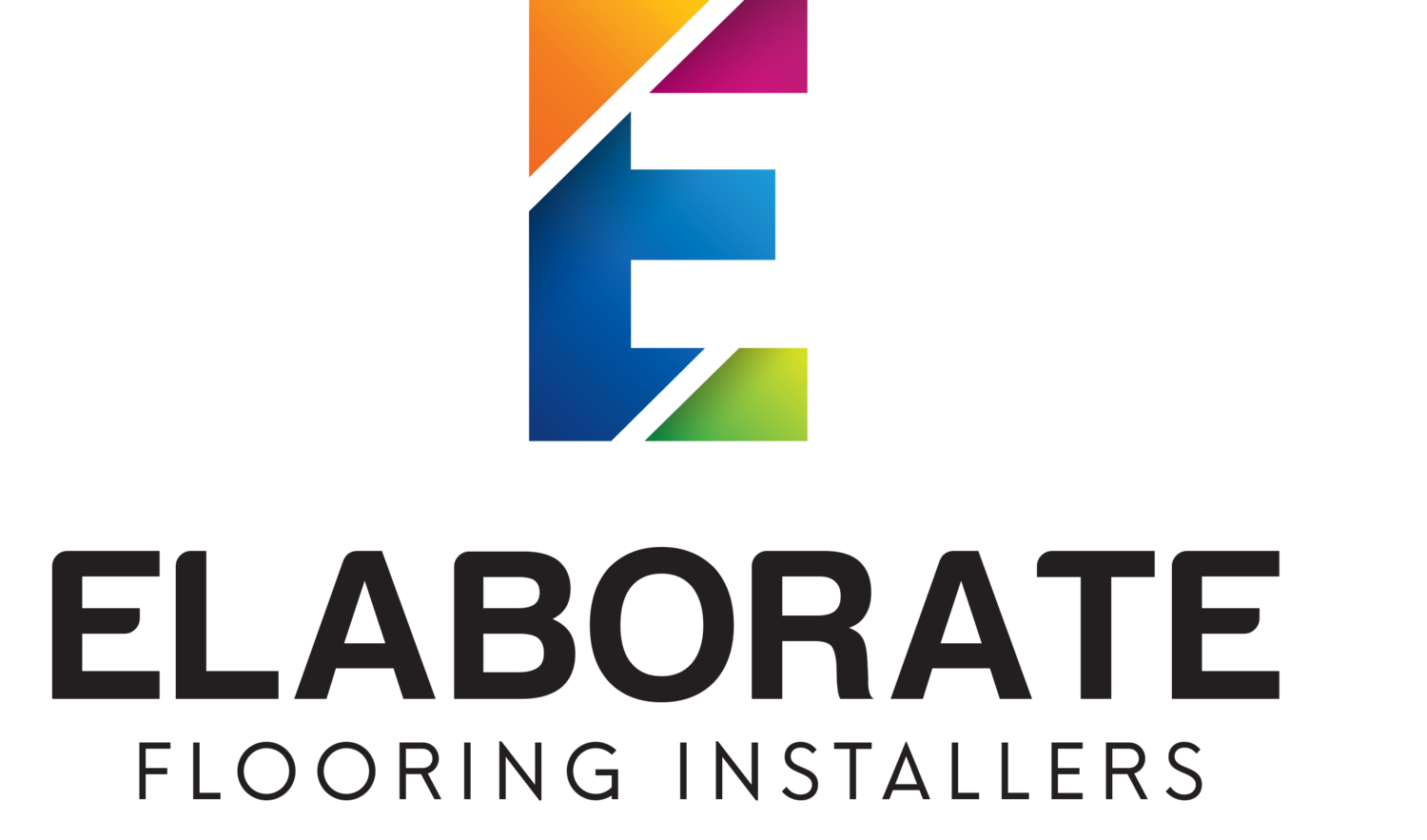
-

Floating Instalation
Floating floors are call floating because the floor planks are floating on an underlay on top of the subfloor and are not directly fixed or glued to the subfloor. Floating floors are relying on the weight of the floor and the click together system to keep them down and in place. The floating method of installation is the best option if time or cost are of concern, and is recommended for installations in earthquake-prone areas like New Zealand. Please Note: All laminate flooring should be floated and not glued down.
ADVANTAGES
Suitable for installing on most subfloors surfaces.
Suitable for installing over existing floor coverings such as vinyl and tiles.
Cheaper option than glue-down installations.
Ideal DIY project
Easy to install
Quick to install
Great for installing over radiant underfloor heating systems
Can be installed on any subfloor
Softer walking surface
Floating underlay has an integrated vapour barrier damp proofing
Recommended for installations in earthquake-prone areas
-

Glued Down/Direct Stick
Glued down installation are also known as direct stick installation because the floor planks are directly fixed or glued to a prepared subfloor. There is no underlay used with the direct stick installations method and a paint-on moisture barrier membrane and glue is required. The glue down method of installation is a more expensive option and probably better left for a experienced installer to do. Glue down is also not recommended for installations in earthquake-prone areas.
ADVANTAGES
More solid feel when walked on
Quieter to walk on than a floating floor
Great for installing over most underfloor heating systems
Best suited to be installed on either concrete or plywood subfloors
